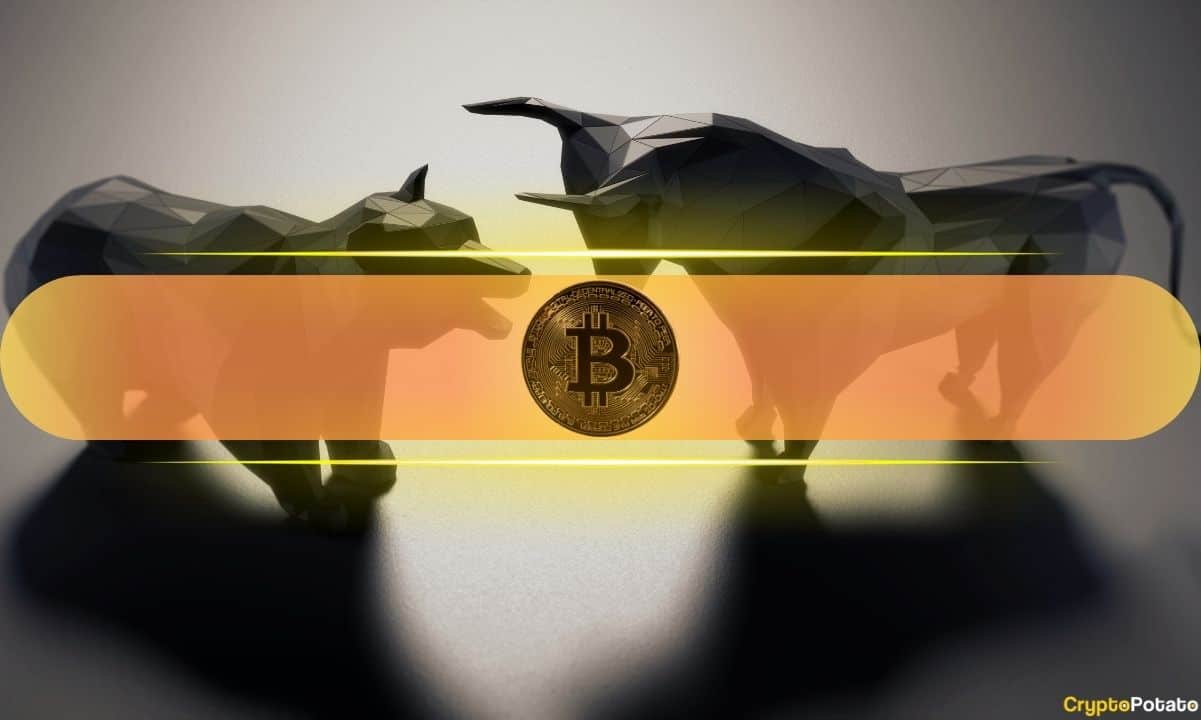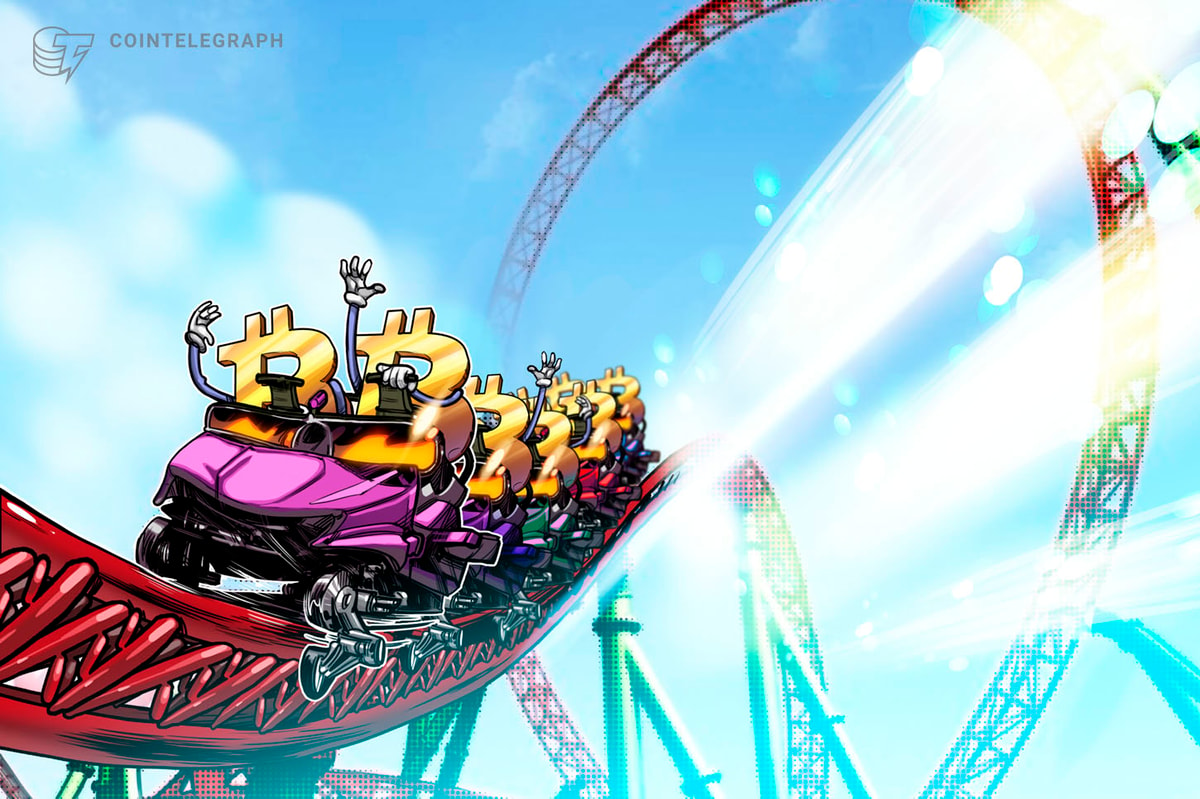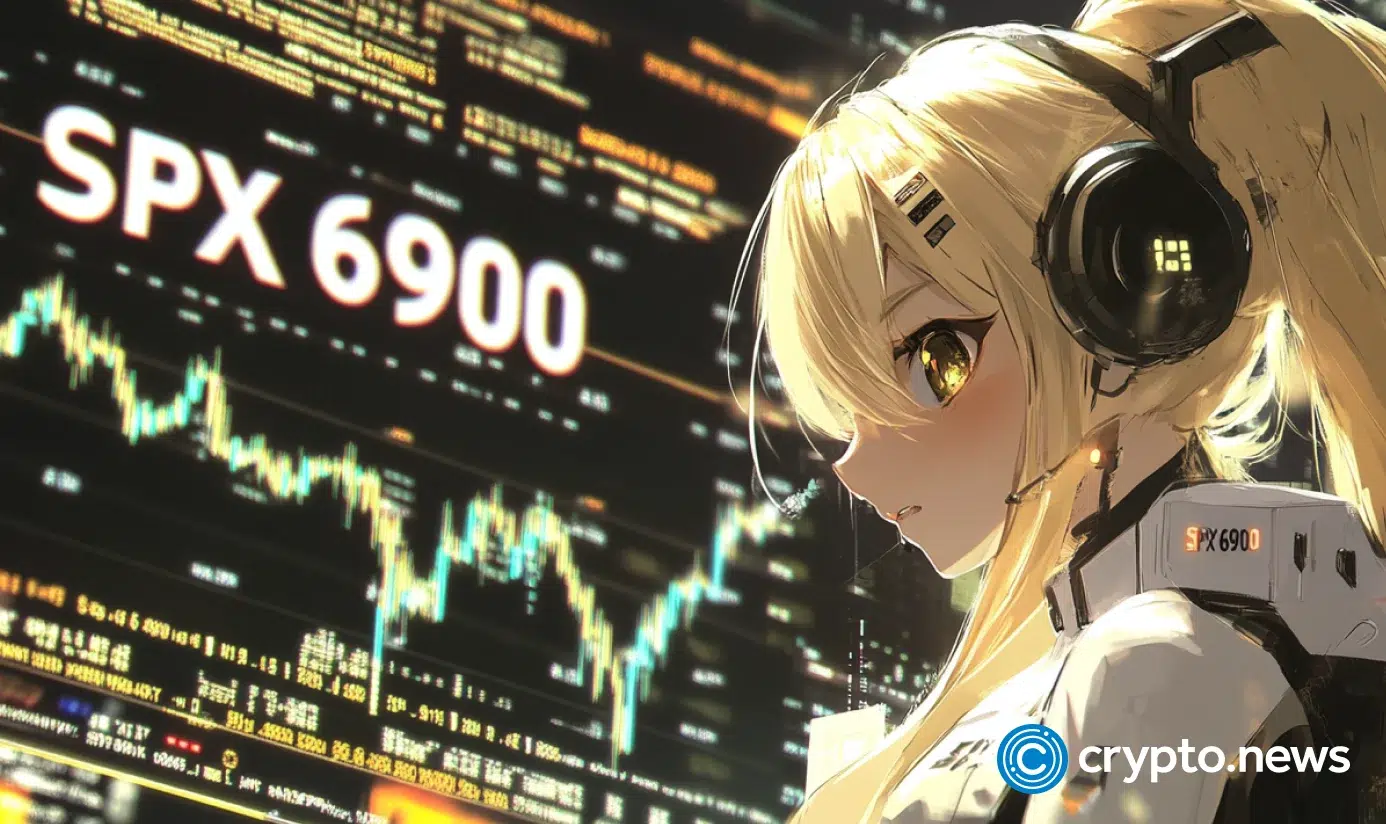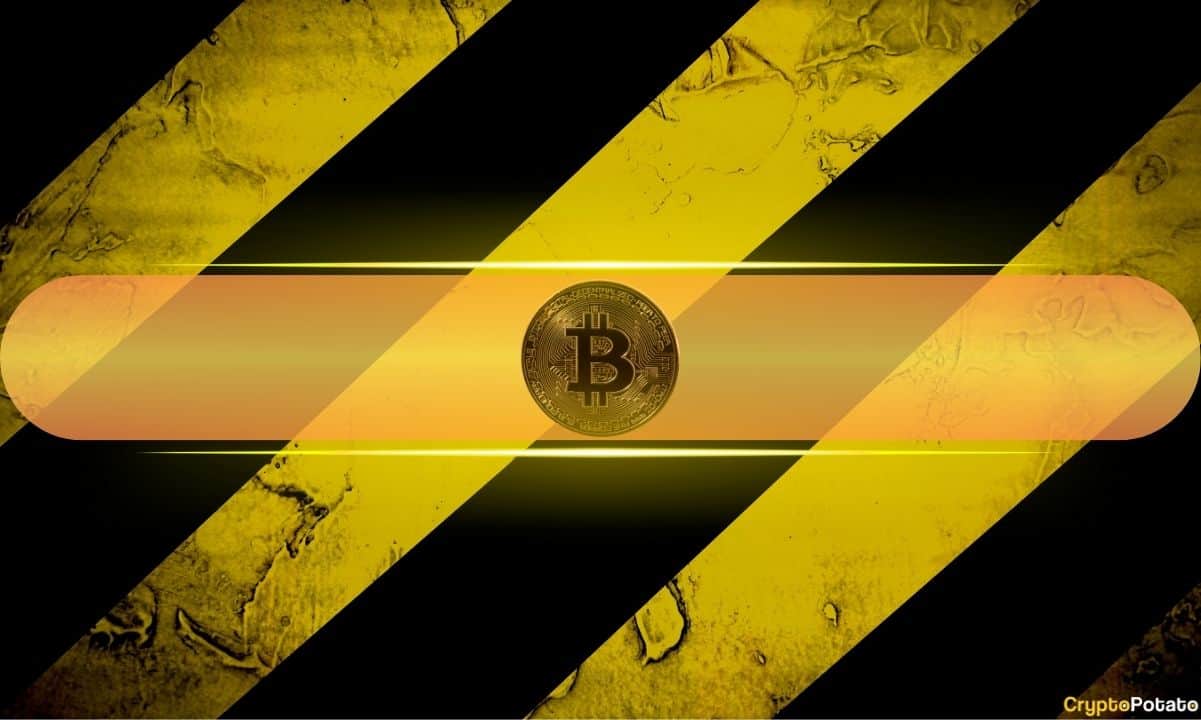Tether, through its unified liquidity network USDT0 and development partner Everdawn Labs, has launched XAUt0, an omnichain version of its gold-backed token XAUt, designed to enable seamless transfers across multiple blockchains.
Built on LayerZero’s Omnichain Fungible Token standard, XAUt0 offers users interoperable, on-chain access to physical gold stored in Swiss vaults, according to a press release on the matter.
The first deployment of XAUt0 will occur on The Open Network (TON),the blockchain closely integrated with the Telegram messaging app. This integration will make gold-backed tokens instantly accessible to hundreds of millions of Telegram users through the in-app Wallet, marking a major leap in real-world asset accessibility within social platforms.
The rollout is expected to bring tokenized gold to Telegram’s massive user base, enhancing liquidity and accessibility for both retail and institutional participants.
Each XAUt0 token represents one troy ounce of physical gold meeting the “London Good Delivery” standards.
Direct gold ownership
Unlike gold-tracking ETFs or synthetic instruments, XAUt0 represents direct ownership of gold, not just price exposure. The token retains the same backing as Tether Gold (XAUt), which launched in 2020, but with the added ability to move freely across chains.
The omnichain nature of XAUt0 allows users to engage in decentralized finance activities, such as lending and arbitrage, while holding an inflation-resistant asset. It also brings benefits like 24/7 trading, fractional ownership, and digital self-custody without compromising the security of underlying physical reserves.
The launch mirrors a broader push to tokenize real-world assets and provide programmable, borderless access to traditional stores of value like gold. “XAUt0 brings a timeless asset into the decentralized ecosystem,” said Lorenzo R., co-founder of USDT0 and Everdawn Labs.
With gold trading near all-time highs, Tether is positioning XAUt0 as a modern, blockchain-native alternative for gold investment—combining the historical stability of commodities with the flexibility of digital finance.















![11 Best Crypto & Bitcoin Casinos in Australia [2025]](https://coincheckup.com/blog/wp-content/uploads/best-crypto-and-bitcoin-casinos-in-australia-coincheckup-1024x576.png)

 English (US) ·
English (US) ·